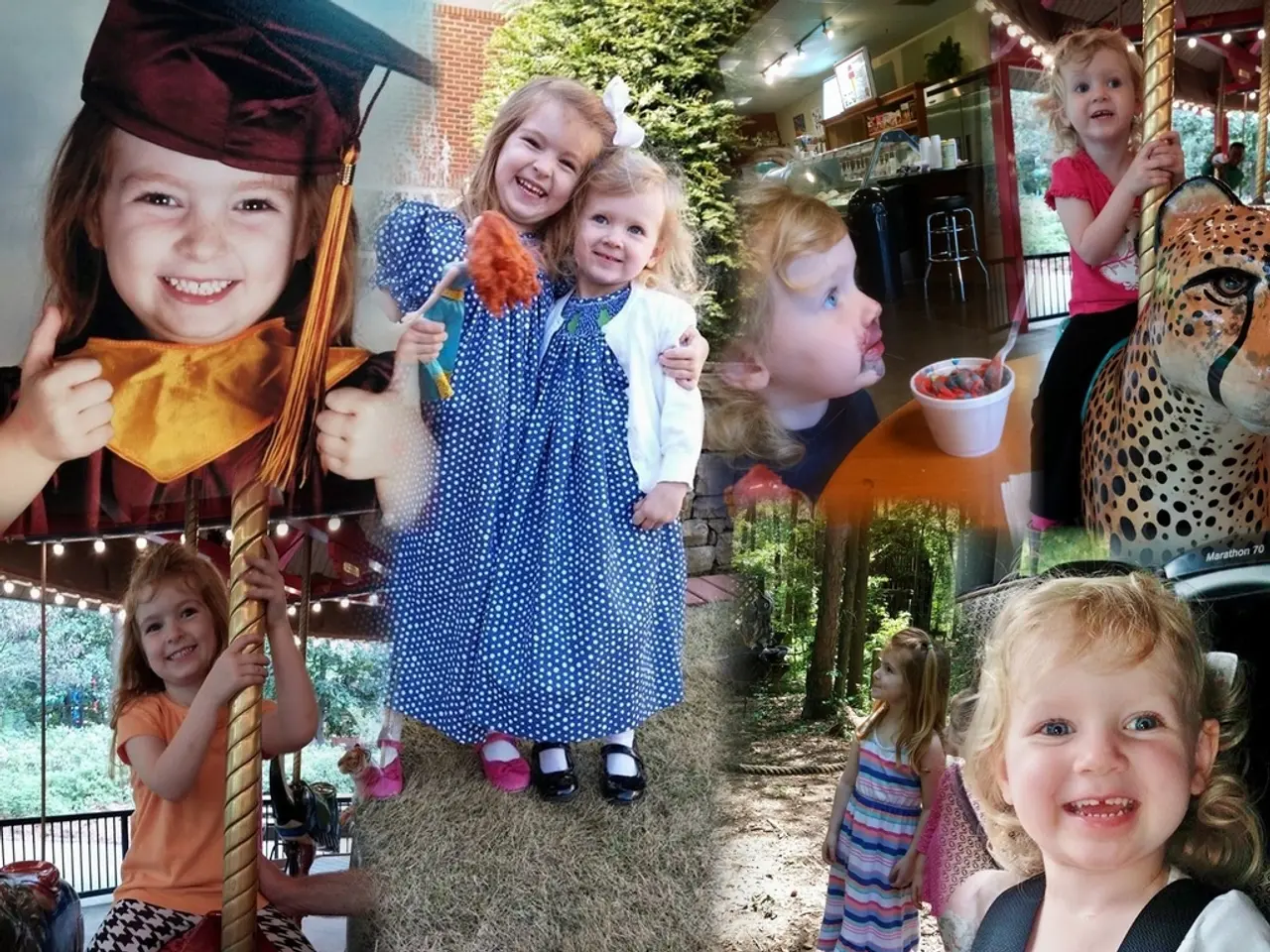Transformation of traditional media consumption: Embracing user engagement through design
In today's digital age, the way brands engage with their audience has undergone a significant transformation. Gone are the days when a brand's website was merely a point of reference. Now, it serves as an interactive gateway into a brand's world.
Users have come to expect content tailored to their preferences, and AI-driven personalisation is making digital experiences feel bespoke. Streaming giants like Spotify, with its Discover Weekly playlists curated based on listening habits, and Netflix, personalising content suggestions to individual tastes, are prime examples of this trend.
E-commerce platforms are also adapting, adjusting product suggestions based on user behaviour to provide a more personalised shopping experience. This shift towards personalisation builds a deeper, more meaningful connection than static media ever could.
The internet has evolved from a text-heavy, static platform to an interactive, immersive one. Modern web design now includes scroll-triggered animations, hover and micro-interactions, and WebGL and 3D elements. Websites that dynamically change content based on past behaviour create a sense of exclusivity, keeping users engaged longer.
One such example of a fully immersive digital experience is The KOTAVERSE, which invites users to explore a company's journey in a dynamic and engaging way. KOTA, a brand that recently celebrated its 10th anniversary, used this interactive digital experience to engage users more deeply, create a memorable and immersive storytelling format, and stand out from traditional timelines or 'About Us' sections. Companies like Nike, Coca-Cola, and Google have also developed similar interactive experiences to narrate their brand histories in innovative ways.
Interactive content not only provides a more engaging experience but also generates higher engagement, has higher retention rates, and leads to a 25% increase in conversion rates. It also helps marketers understand their audience on a deeper level.
Interactive storytelling allows users to influence the direction, pace, and even the outcome of a story, making them part of the content rather than just consumers. This approach is a testament to the future of content engagement, which requires prioritising interactivity, gamification, and user participation.
Gamification, immersive brand environments, AI-driven content customisation, and gamified website designs are examples of modern web design and digital experiences. Progress bars, achievements and rewards, quests and challenges, and dynamic leaderboards are elements of gamification that are being increasingly incorporated into digital platforms.
The Brand Pulse Audit tool is a prime example of how even a passive exercise like auditing a brand's digital performance can be transformed into an engaging and customised experience. This tool enables brands to assess their digital performance and identify areas for improvement, making it easier for them to stay ahead in this rapidly evolving digital landscape.
In conclusion, the future of digital experiences is interactive, immersive, and personalised. Brands that embrace this shift and provide engaging, interactive, and immersive digital experiences are likely to capture and retain users' attention, fostering deeper connections and driving greater success.
Read also:
- Electric-powered vessels take to the waters of Maine
- Elon Musk accused by Sam Altman of exploiting X for personal gain
- Comparing the value of top electric scooters: Kinetic DX versus Bajaj Chetak versus TVS iQube - Which one offers the best bang for the buck?
- American Eagle's risque promotional effort featuring Sydney Sweeney leads to the brand being categorized as a 'trendy stock' among teenagers.




